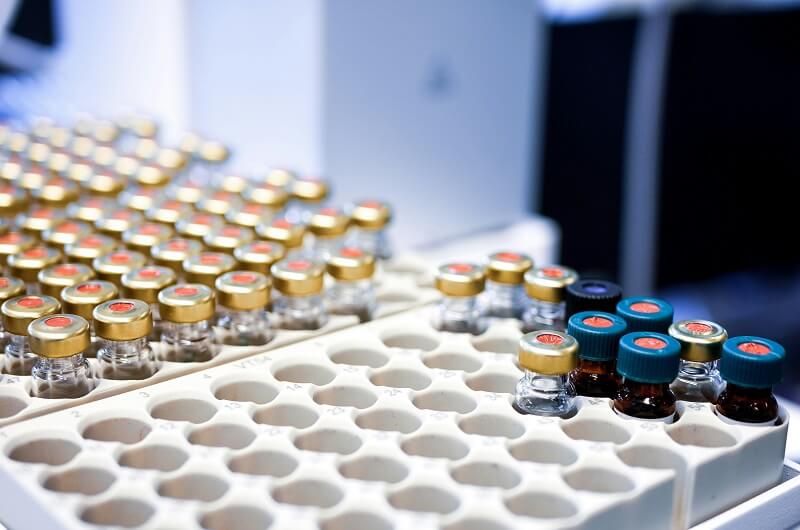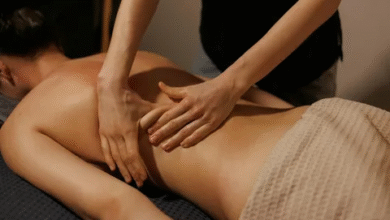Overactive Bladder: Identifying Symptoms and Finding Relief

Overactive Bladder (OAB) is a condition that leads to a frequent and urgent need to urinate, often accompanied by incontinence. It can disrupt daily life, cause sleep disturbances, and impact social and professional activities. Understanding OAB and managing its symptoms is essential to improving quality of life. This article aims to help you understand the causes of OAB, recognize its symptoms, explore diagnostic tests, and discover effective treatment and self-care strategies.
Causes of Overactive Bladder
Neurological Disorders
OAB is often linked to neurological disorders that affect the brain’s ability to communicate with the bladder. Conditions such as Parkinson’s disease, multiple sclerosis, and stroke can impair bladder control by interfering with the signals sent between the brain and bladder. As a result, the bladder may contract uncontrollably, causing a sudden urge to urinate.
Bladder Abnormalities
In some cases, the problem may stem directly from the bladder itself. Bladder abnormalities, including overactive bladder muscles or nerve dysfunction, can result in frequent and urgent urination. Conditions like bladder infections or inflammation can also irritate the bladder, making it more prone to involuntary contractions.
Hormonal Changes
Hormonal fluctuations, especially those that occur with aging or menopause, can affect bladder function. For example, a decrease in estrogen levels during menopause can lead to changes in the tissues of the bladder and urethra, making them less elastic and more prone to irritation. This can contribute to the symptoms of OAB, particularly in women.
Lifestyle Factors
Lifestyle choices such as fluid intake, diet, and medications can significantly impact bladder function. Excessive consumption of caffeinated beverages, alcohol, or acidic foods can irritate the bladder and worsen OAB symptoms. Additionally, certain medications used for other conditions may have side effects that impact bladder control.
Other Contributing Factors
Chronic conditions like diabetes and urinary tract infections (UTIs) can also contribute to the development of OAB. Diabetes, for instance, can cause nerve damage that impairs bladder function, while UTIs can lead to bladder irritation and urgency.
Symptoms of Overactive Bladder
Urgent Need to Urinate
The hallmark symptom of OAB is a sudden, overwhelming urge to urinate that can be difficult to control. This urgency often occurs unexpectedly and may be followed by involuntary leakage, especially if the person cannot reach the bathroom in time.
Frequent Urination
People with OAB often experience the need to urinate more than eight times in a 24-hour period. Frequent urination can disrupt daily routines, work, and social activities, leading to feelings of frustration and embarrassment.
Nocturia
Another common symptom of OAB is nocturia, or the need to wake up multiple times during the night to urinate. This disrupts sleep, leading to fatigue, irritability, and reduced quality of life. Nighttime urination is particularly common in older adults.
Urge Incontinence
Urge incontinence is when a person loses urine immediately after feeling a sudden, intense urge to urinate. This can be a distressing symptom, especially when it occurs in public or during social events, affecting both physical comfort and emotional well-being.
Diagnostic Tests and Evaluations
Patient History
A thorough review of your symptoms and medical history is the first step in diagnosing OAB. Your healthcare provider will ask about the frequency and urgency of your urination, as well as any factors that might trigger your symptoms. Keeping a bladder diary can be helpful during this stage, as it provides detailed insights into your urination patterns.
Physical Examination
A physical exam is typically performed to check for any signs of abnormalities in the urinary system. Your doctor may examine your abdomen and pelvic area to rule out structural issues that could contribute to the symptoms of OAB.
Urinalysis
Urinalysis is a simple test that involves analyzing a urine sample for signs of infection, blood, or other underlying issues that could be causing symptoms similar to OAB. This test helps rule out urinary tract infections (UTIs) and other conditions.
Bladder Diary
Tracking your fluid intake, urination frequency, and any episodes of leakage over several days can provide valuable information. A bladder diary helps your doctor understand your symptoms better and develop an appropriate treatment plan.
Urodynamic Testing
Urodynamic testing measures the bladder’s capacity, pressure, and how well it empties. This test can help identify issues such as poor bladder muscle function or nerve damage that may be contributing to OAB.
Cystoscopy
Cystoscopy involves inserting a small camera into the bladder to directly visualize the bladder’s interior. This allows the doctor to check for any abnormalities such as tumors, bladder stones, or infections that could be causing the symptoms.
Postvoid Residual Volume Test
This test measures the amount of urine left in the bladder after urination. If too much urine remains, it could indicate a problem with bladder emptying, which might contribute to OAB symptoms.
Treatment Options
Behavioral Therapies
- Bladder Training: One of the most effective treatments for OAB is bladder training. This involves gradually increasing the time between bathroom visits to help retrain the bladder to hold more urine for longer periods. It helps to reduce the urgency and frequency of urination.
- Pelvic Floor Exercises (Kegels): These exercises strengthen the muscles that control the bladder. By practicing Kegels, individuals can improve bladder control and reduce the likelihood of leaks.
- Fluid and Diet Management: Making simple adjustments to your diet and fluid intake can significantly reduce bladder irritation. Avoiding caffeine, alcohol, and acidic foods is recommended, along with staying hydrated throughout the day.
- Scheduled Toileting: Setting a regular bathroom schedule can help manage the symptoms of OAB. This method involves urinating at set intervals, even if you don’t feel the urge, to prevent sudden urgency and accidents.
Medications
- Anticholinergics: Medications like oxybutynin and tolterodine are commonly prescribed to relax overactive bladder muscles and reduce urgency and frequency of urination.
- Beta-3 Agonists: Mirabegron is an example of a beta-3 agonist that works by relaxing the bladder muscles, helping it to hold more urine and reducing the frequency of urination.
- Topical Estrogen: In postmenopausal women, topical estrogen can improve the health of the urethra and vaginal tissues, which may help manage OAB symptoms.
Advanced Treatments
- Botox Injections: For patients who don’t respond to medication, Botox injections can be used to reduce bladder muscle activity, providing relief from frequent urges and incontinence.
- Neuromodulation Therapy: This involves using electrical impulses to regulate bladder function. Sacral nerve stimulation is a common form of neuromodulation that can provide relief for those with severe OAB.
- Surgery: In extreme cases where other treatments have failed, surgical options such as bladder augmentation or bladder removal may be considered. These interventions are typically reserved for severe cases that do not respond to other treatments.
Lifestyle and Self-Care Strategies
Regular Physical Activity
Staying active can help maintain healthy bladder function. Regular physical activity, especially pelvic floor exercises, strengthens the muscles that control urination and helps reduce symptoms.
Dietary Adjustments
A well-balanced diet plays a role in managing OAB symptoms. Avoiding bladder irritants, eating a high-fiber diet, and drinking adequate fluids can support bladder health and reduce urgency and frequency.
Stress Reduction Techniques
Stress and anxiety can exacerbate bladder problems. Engaging in relaxation techniques such as yoga, meditation, or deep breathing exercises can reduce stress and improve bladder function.
Coping and Support
Support Groups
Joining a support group can provide emotional support and help individuals cope with the challenges of living with OAB. Many people find comfort in knowing they are not alone in managing this condition.
Professional Guidance
Working with a healthcare provider, particularly a urology specialist, can help you create a personalized treatment plan that fits your needs. They can guide you through the diagnostic process and offer the best treatment options to improve bladder function.
Living with OAB
Managing OAB involves making lifestyle adjustments, adhering to treatment plans, and staying informed about new treatment options. With the right strategies and support, many individuals can successfully manage OAB and improve their quality of life.
Conclusion
Overactive Bladder is a challenging condition, but it is manageable with the right approach. If you’re struggling with symptoms, consult a healthcare provider, such as a urology specialist, to explore treatment options. Remember, taking proactive steps towards treatment can help you regain control over your bladder and significantly enhance your quality of life.







